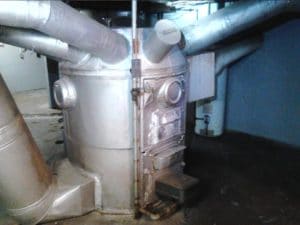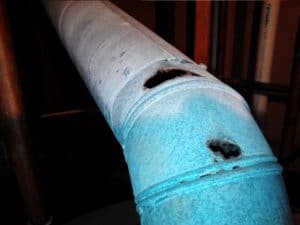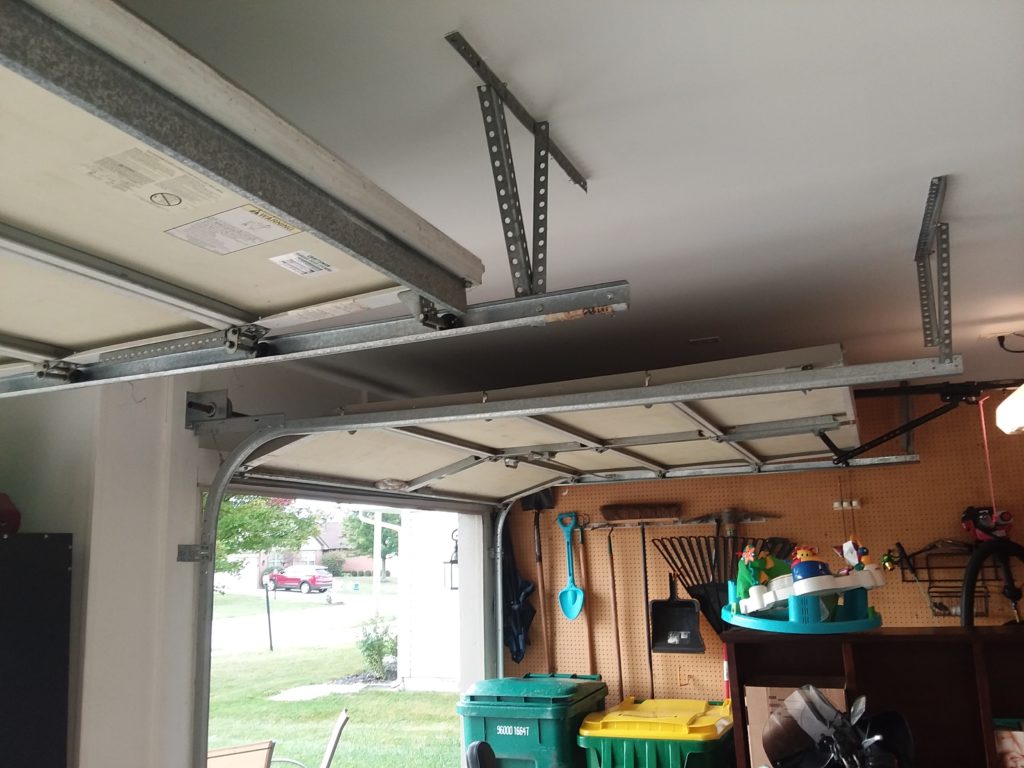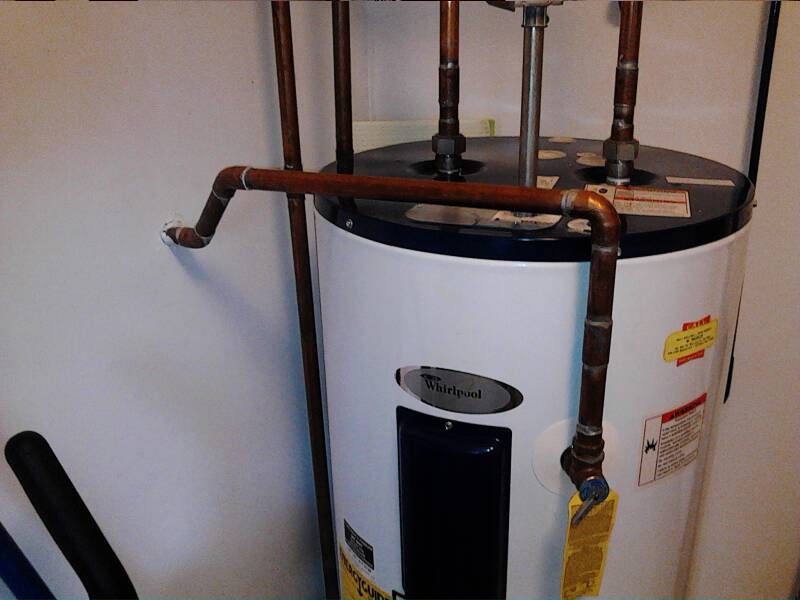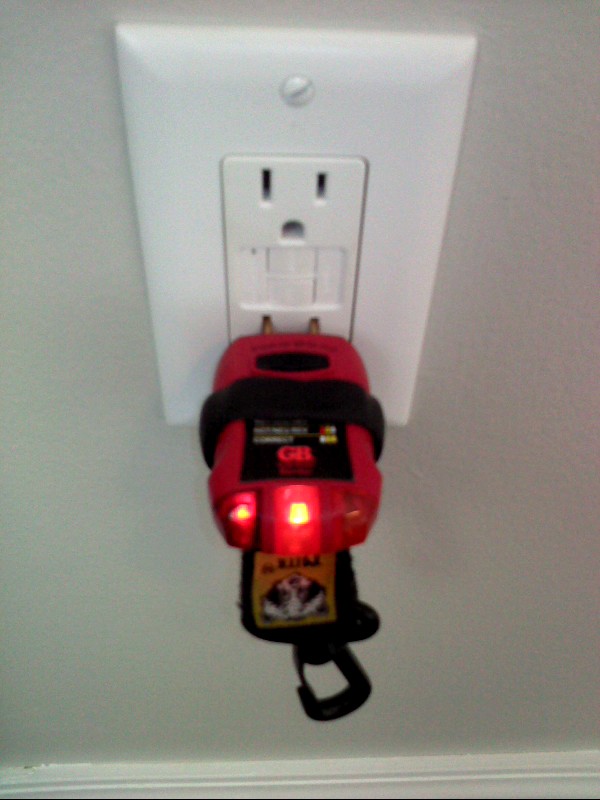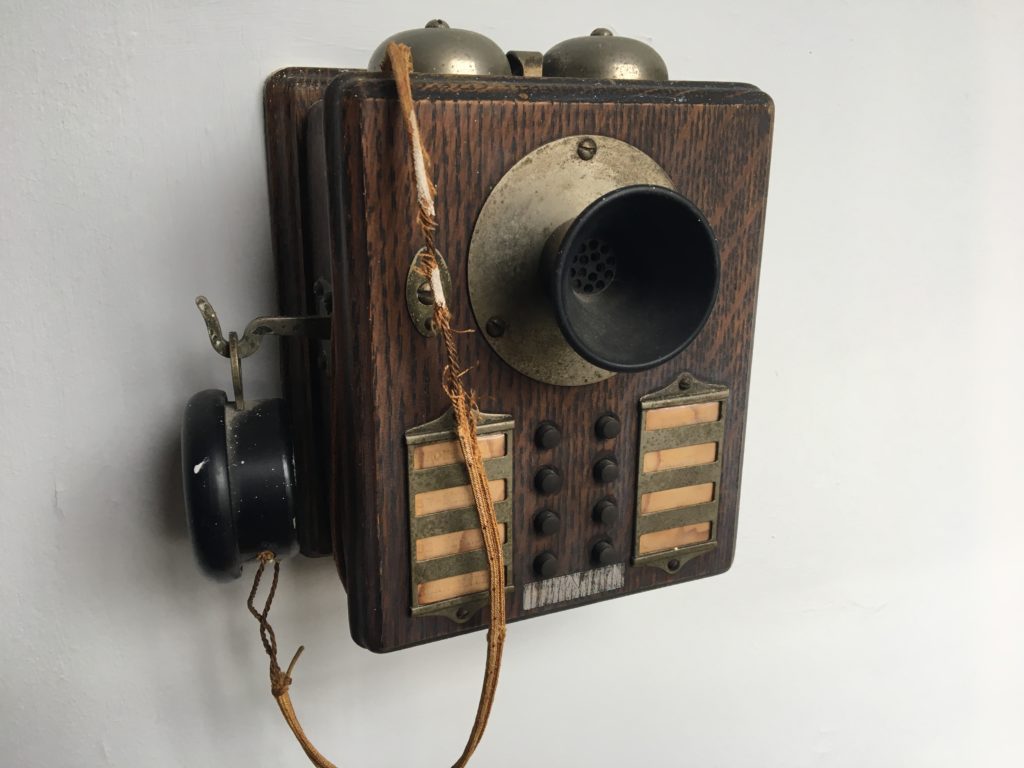When the test results are in the lower percentages (001 ppm thru 004 ppm) it can be difficult to interpret the test results. Some homes have a carbon monoxide level that is slightly elevated because of cigarette smokers in the home, or because of gas stoves or pilot lights. In these instances, before proceeding with the test, the Inspector tries to establish a baseline reading/level for the test that will allow for the higher than normal readings.
When the readings for carbon monoxide rise by 009 ppm or more it is very important that the furnace, gas hot water heater, flue pipes, chimney, and air supply are all checked by a licensed contractor. If the reading is from the area around the furnace or hot water heater have the units checked out, with particular attention to the flue pipe (Chimney).
Flue pipe readings can be as high as 400 ppm but should below 25 ppm. A well tuned system will burn so efficiently that there will be no CO reading in the flue, this is uncommon and any reading of less than 25ppm should be considered as acceptable. Readings of between 26 and 400ppm are acceptable but require evaluation and adjustment. readings of more than 400ppm are excessive and the unit should not be used. A technician should be called to examine the unit and determine the reason for the excessively high readings.
Readings on a furnace flue that fluctuate between a high and low figure may indicate a cracked heat exchanger which is a potential heath hazard. Elevated readings of 3ppm or more above base in the property from air registers, are a good indication that there is a problem with the heat exchanger in the furnace. This could mean that the whole furnace will need replacement. A high reading from the register could also be the result of carbon monoxide been sucked into the house from an automobile in the garage or in the proximity of the house.
Carbon monoxide testing can give differing results on different days depending on the prevailing wind and weather conditions. These weather conditions affect the barometric pressure and the way the up and down draughts will react on the draw in the flue pipe (chimney) protruding from the roof. It can happen that on the day of the test a high level of carbon monoxide is detected, but the next day, when a heating contractor checks the furnace or other gas-burning appliance, no carbon monoxide is detected. The most common cause of this is a downdraft in the chimney due to climatic conditions (wind direction, velocity, etc.)
This type of situation is very frustrating because the higher reading has been detected, and cannot be duplicated. Certain climatic conditions may not repeat themselves all that often. A second test finding a very low level of carbon monoxide, or no carbon monoxide at all should be considered “good and acceptable”.
In many cases intermittent high levels of carbon monoxide can be caused by a badly installed flue pipe. The flue pipes position on the roof and it’s height above the roof, all affect the safe operation of the furnace and hot water heater.
A reading of 000ppm of carbon monoxide in the air is as low as possible.
Some things can give the test a false reading:
- Cigarette smoking in the house earlier in the day
- Incense
- Air freshener
All homes should have carbon monoxide detectors in the vicinity of the furnace, hot water heater, log stove, wood burning fireplace gas stove or gas logs.
Carbon monoxide detectors should be installed in all family/ living room and bedroom areas “
